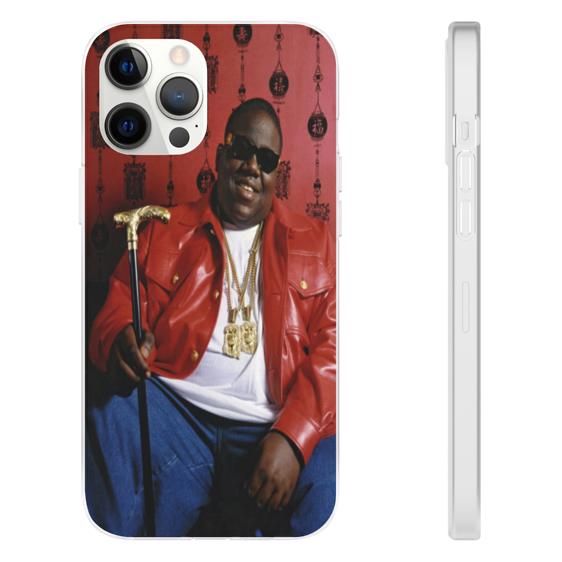

Deeply committed to artistic integrity, George was a remarkable creative force in his own right: he was a photographer, painter, educator, and writer whose work has been exhibited around the world. Of all the talented creative spirits who collaborated to make VIBE, none was more indispensable than the late great George Pitts, VIBE’s founding director of photography. CNN, all those guys-when shit got real they were coming to VIBE. As the president of VIBE, I was the commissioner of the culture. “At the time there was no Internet,” says Keith Clinkscales, the magazine’s first president and CEO. VIBE was the first periodical to cover rap, R&B, rock, reggae, dance music, fashion, sports, and politics-all through the prism of what people were just beginning to call “urban culture,” another way of describing what Steve Stoute would later dub The Tanning of America. We had to earn respect by doing great work-and we did a lot of it, printed on large format heavy stock paper, left over in a warehouse after Life magazine folded. Yet our multiracial staff and corporate connects were always viewed with some suspicion. With backing from Time Inc., we had deeper pockets than most, and we served up some of the best writing, photography, and design hip-hop has ever seen. With all due respect to The Source, Rap Pages, and Murder Dog, VIBE changed the game in hip-hop journalism. Twenty five years ago it’s become clear that we created something much more important. When the legendary Quincy Jones established VIBE magazine, his stated goal was to found “a Rolling Stone for the hip-hop generation,” but the staff-which I joined at the magazine’s launch, in 1993-aspired to create something closer to Vanity Fair.

IT WAS WRITTEN: VIBE MAGAZINE, 2PAC & BIGGIE Charli Baltimore Says Biggie's Mom Told Her About Faith Evans' Pregnancy


 0 kommentar(er)
0 kommentar(er)
